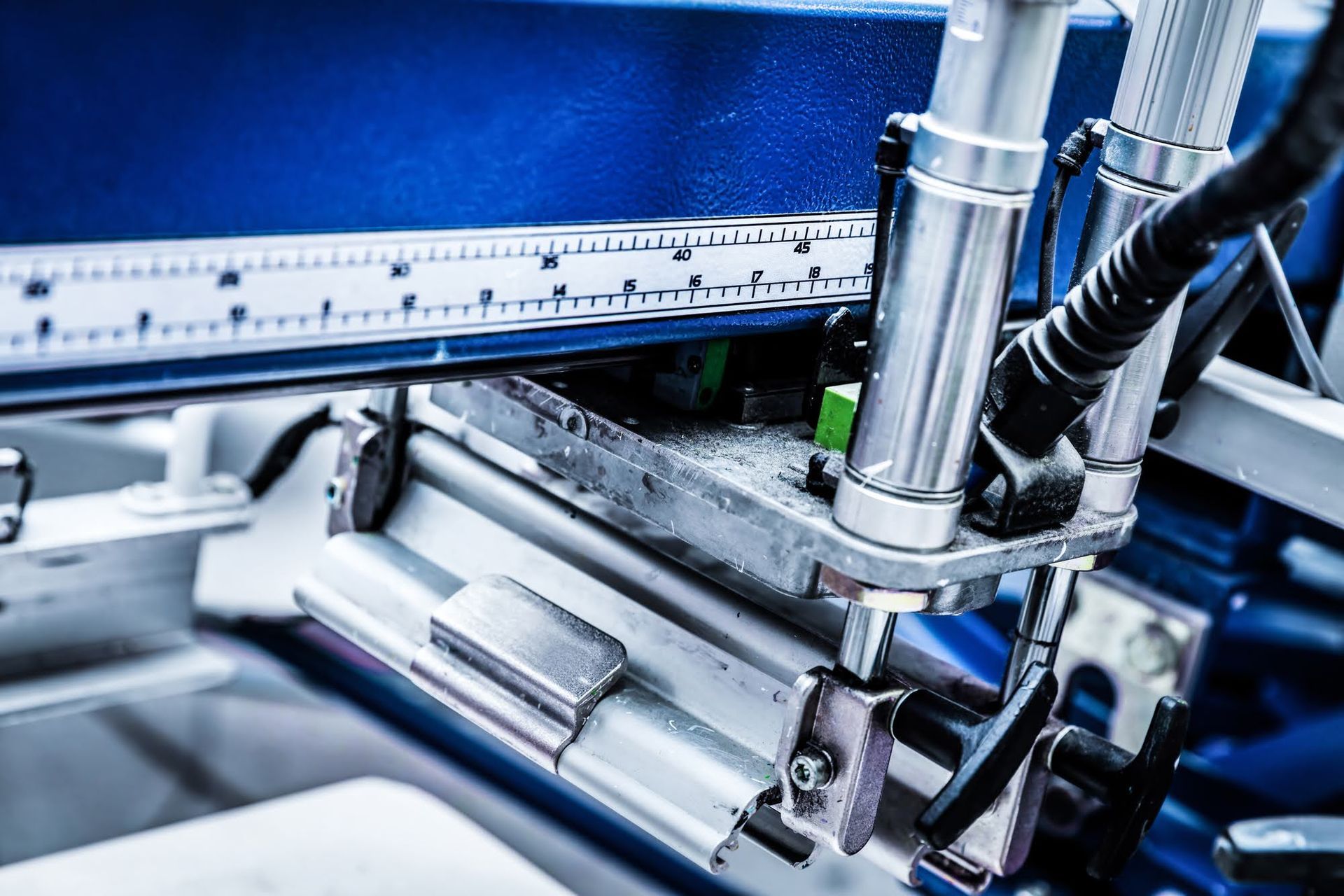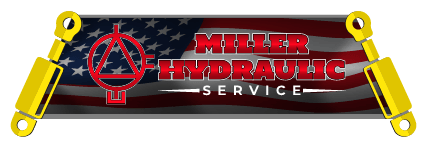Serving All of Central & Northern Illinois and NW Indiana
Office: (815) 468-7745
4 Common Types of Hydraulic Cylinders

Hydraulic cylinders are indispensable tools in heavy machinery, making many industrial operations possible. Technological advancements in hydraulics have led to the development of various hydraulic cylinder types, each with unique features suited to specific applications.
Understanding the different types of hydraulic cylinders available can help you choose the right one for your specific needs and optimize the performance of your hydraulic systems. Here are four popular types of hydraulic cylinders, along with their unique designs and functionalities.
1. Single-Acting Cylinders
Single-acting hydraulic cylinders feature a single fluid entry and exit port to facilitate their operation. The sealed head that rests on the piston shaft allows the piston's force to be applied solely in one direction.
Force is applied via fluid injection through the cylinder's only port at its front end. This pushes the plunger up and out of the barrel. When the pressure decreases, the piston will return to its previous position since the internal spring is sealed off from the fluid. When there is no other way to generate a return force, the spring can do so independently.
The benefits of single-acting cylinders include their small size, ease of use, and low price. They are dependable in their purpose and are simple to keep in working order. Single-acting cylinders featuring retractable springs have a shorter lifespan than those without because the springs wear out and break. Long-term contact with corrosive fluids can potentially cause damage.
2. Double-Acting Cylinders
Double-acting hydraulic cylinders can apply force via hydraulic pressure in both the forward and reverse directions. They comprise a pump supplying hydraulic flow in either direction through two ports at the cylinder's head and rod end.
These parts help double-acting cylinders to rapidly and precisely extend and retract the plunger. This is helpful in any situation where pushing or pulling forces are needed, but especially in precise situations.
Standard and non-differential or double-rod cylinders are the two most frequent varieties. Standard cylinders only have one rod that can pressurize in one direction, however non-differential cylinders feature two rods that execute opposing strokes.
Double-acting cylinders are advantageous because of their low cost, dependability, and low energy consumption. They're built to last and can withstand the power demands faced by equipment like ship motors and industrial furnaces, and their stroke measurements are easy to pinpoint. This aspect, combined with the double-acting cylinder's ram lip, which supports the rod during extension and retraction, makes it a versatile tool.
3. Telescopic Cylinders
Telescoping hydraulic cylinders are perfect for uses with limited accessible space because of their increased stroke and reach. As telescopic cylinders feature more than five stages of tubes nested inside each other, the width of each stage decreases, so the cylinder can move in and out to achieve a longer stroke.
Telescopic cylinders are widely employed to lift loads over a longer distance, and the load capability diminishes correspondingly with each cylinder extension. Manufacturers typically produce double-acting telescopic cylinders to order but cost significantly more than their standard counterparts.
4. Tie-Rod Cylinders
Each tie-rod hydraulic cylinder has a minimum of four tie rods that link the cylinder barrel, base, and head. Most manufacturers use high-strength threaded metal rods to assemble the cylinders, which allows for easier maintenance, repairs, and leak aversion. While four tie rods are typical for smaller diameter cylinders, as many as sixteen or twenty may be necessary for larger bore cylinders to sustain the cylinder's strength in operations generating significant forces.
Tie-rod cylinders, in contrast to more robust high-pressure cylinders, are more suited to applications that require lesser pressures, such as bulky lifting. This cylinder design allows for a full disassembly and rebuild. However, tie-rod cylinders are not always adaptable to specific uses.
If you have equipment that needs hydraulic maintenance and repairs, contact us at Miller Hydraulics Service, Inc for our services in Central and Northern Illinois and Northwestern Indiana.
CONTACT INFORMATION
Address: 1965 E. Amberstone, Manteno , IL 60950
Office: (815) 468-7745
Emergency: (815) 405-4042
Email: miller-hyd@comcast.net
Business Hours:
- Mon - Thu
- -
- Friday
- -
- Sat - Sun
- Closed





